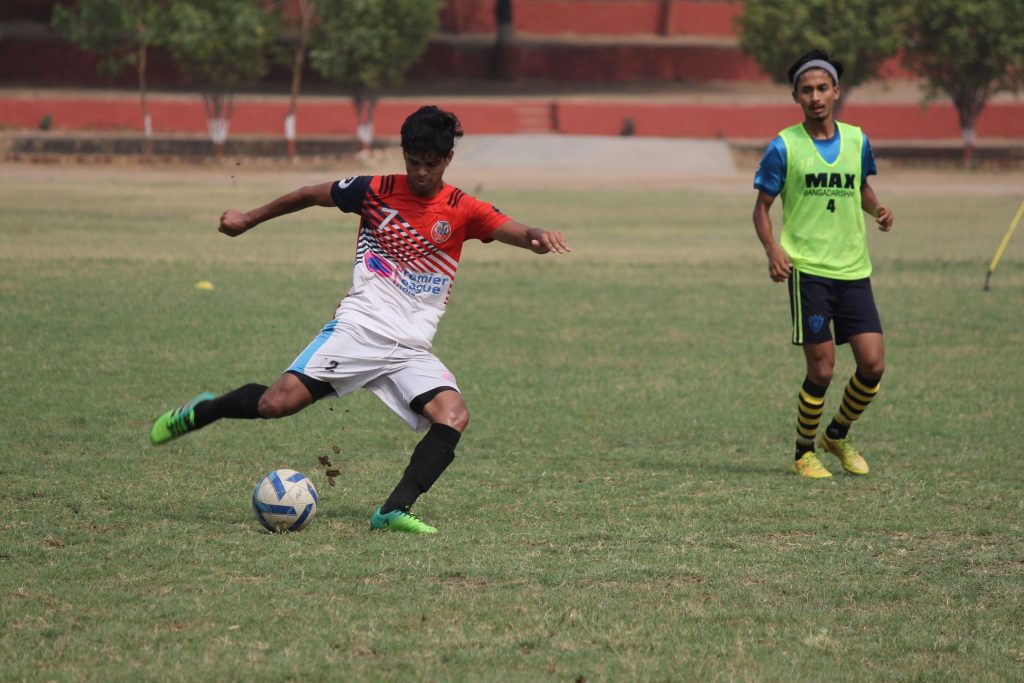Combining many exercise disciplines under a multifarious training regimen, cross-training enhances sports performance and overall fitness. This method is getting more and more popular as it allows amateur athletes modify training routines, minimize boredom, and target numerous muscle groups. Strength training, swimming, running, and cycling used together helps amateur athletes maximize their training capacity and lower burn-risk.
Cross-training clearly has benefits as it promotes balanced strength, endurance, and flexibility, therefore enhancing sports performance. Moreover, by relieving load on certain muscle areas and encouraging recovery, different exercises greatly help to avoid damage. Through different exercises, this all-encompassing method not only improves physical ability but also develops mental resilience.
The main advantages of cross-training for non-professional athletes will be discussed in this paper along with how it improves performance, reduces injuries, and promotes a more balanced attitude to exercise.
Enhanced Athletic Performance through Varied Workouts
Strategic mix of many training approaches may help to greatly improve athletic performance. Athletes may increase their general strength, speed, and endurance by adding swimming, cycling, or weightlifting alongside primary sports. Targeting many muscle areas and energy systems, each of these exercises offers a comprehensive workout. For recovery, for instance, swimming is low-impact and enhances cardiovascular capacity. Cycling builds leg strength and endurance without hurting joints, therefore promoting efficient energy use.
Athletes surpassing performance ceilings also rely much on cross-training. Changing their workout schedules helps individuals to challenge their bodies in new ways, therefore encouraging muscle growth and adaptation. This change not only reduces the overuse risk but also helps to minimize training monotony. More flexibility is another excellent advantage as it helps athletes to develop complementary skills. For example, a runner combining weightlifting might enhance their times by strengthening their legs. In sports, a diversified training schedule shapes athletic performance, resilience, and long-term success.

Reduced Risk of Overuse Injuries
In sports, repetitive motions as running, swimming, or cycling may cause overuse problems by constant tension on certain muscles, tendons, and joints. From the continual hammering and impact, a runner could get shin splints or tendinitis. Over time, these ongoing stressors may cause pain, inflammation, and lengthier recovery times.
Cross-training is a proactive strategy to reduce these risks. By incorporating a variety of exercise forms into an athlete’s routine, cross-training improves overall fitness and reduces the load on certain muscle groups. A runner may include swimming or cycling, for instance, which use many muscles and provide cardiovascular exercise. This all-around technique not only improves underutilized muscles but also increases flexibility and coordination, therefore reducing the total damage risk.
Furthermore, emphasizing a varied training program highlights the need of balanced muscle involvement as it allows enough recuperation time for overused muscles and joints. Athletes who give other motions and recuperation top priority will build a strong body ready for the demands of their main activity, therefore promoting longevity in their athletic activities and improving performance.
Increased Mental Resilience and Motivation
Changing up routines is an important strategy for athletes since it increases mental engagement and prevents tiredness. Diversifying their routines exposes athletes to new challenges that stimulate their cognitive functions and maintain mental focus while training. This change in focus encourages children to challenge their physical boundaries and develop mental toughness, which helps them sustain a greater degree of awareness.
Adding new abilities and motions not only breaks up the routine but also improves coordination and flexibility. New activities boost mental agility by guiding athletes in solving challenges. Their drive to keep on exercising is strengthened by the feeling of achievement resulting from their ongoing education.
Diverse training increases session enjoyment and helps to maintain high levels of motivation. Regular weariness is less likely to occur since athletes are more likely to look forward to their workouts. They strengthen their physical skills and develop a strong attitude that lives on challenge and progress by embracing a variety of exercises. This, in turn, leads to better performance and a prolonged enthusiasm for their sport.
Balanced Muscle Development and Improved Flexibility
Both avoidance of injuries and enhancement of sports performance rely on well-balanced muscle development. Players that focus only on one exercise might create imbalances that could lead to overdevelopment of certain muscle groups and underdevelopment of others, therefore causing injuries. Cross-training solves this by working through several exercises using a variety of muscle groups. Targeting neglected muscles, exercises assist athletes increase general strength, coordination, and endurance—qualities necessary for optimal performance.
Moreover, workouts stressing flexibility—including yoga—are tremendously improving mobility and range of action. By making joints healthier and muscles longer, these workouts make it less likely that you will strain or hurt yourself during hard training or competition. Being more flexible helps the body heal and makes you better at sports in general. Cross-training and flexible moves might help athletes make a well-rounded exercise plan that keeps them healthy and helps them get better at their sport. Over time, athletes who want to be great at all of their performance sports need to think more broadly about how to build muscle and stay flexible.

Conclusion
Cross-training offers amateur athletes numerous significant benefits, including improved mental resilience and higher physical fitness. By doing several workouts that complement their primary activity, athletes may reduce their probability of injury and concurrently develop their general strength, flexibility, and endurance by means of better muscle balance and recovery. Apart from these physical advantages, cross-training stimulates the mind, releases the monotony of repeated training schedules, and might reinvigorate excitement and desire for their main activity. Starting cross-training gradually, athletes should introduce additional activities like swimming, cycling, or yoga to slowly increase their performance without overwhelming their bodies. This approach allows a delayed adaptation to different actions and conditions, thus ensuring durability in their athletic course. Eventually, integrating regular cross-training into their program allows them to acquire a well-rounded fitness that promotes long-term health, flexibility, and enjoyment in sports. According to the positive perspective of cross-training, amateur athletes striving to achieve in their overall physical and mental well-being as well as in their chosen sport will find it helpful strategy.
